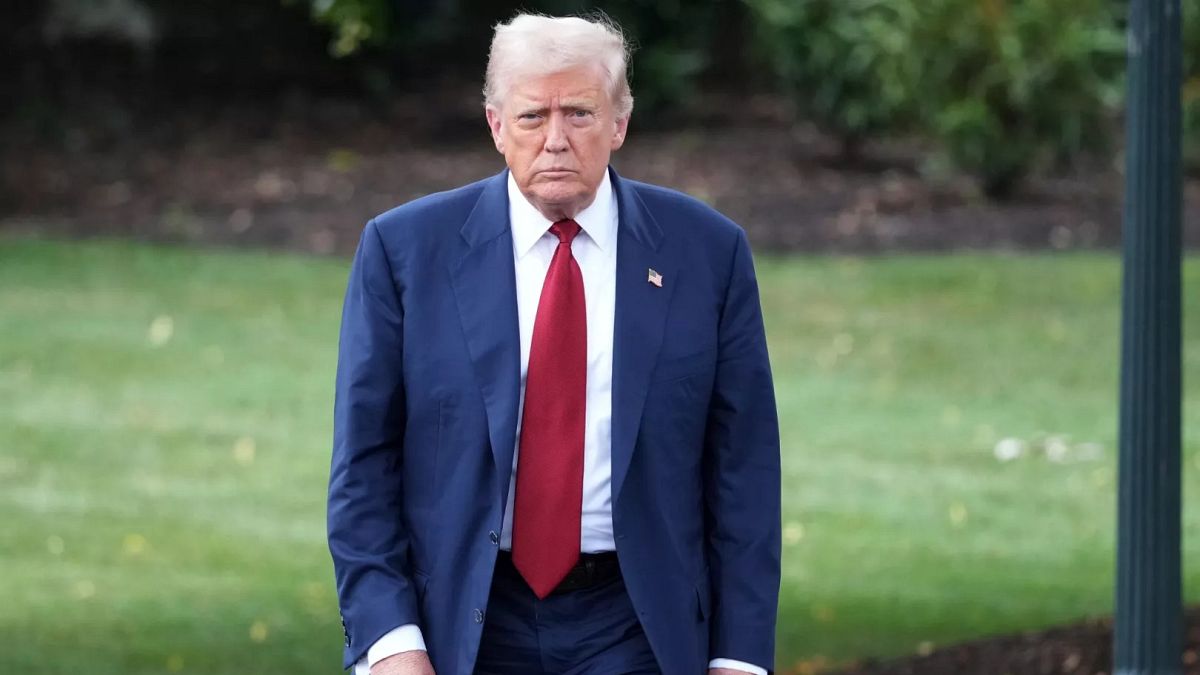

This past week has seen a range of significant developments involving the United States’ economic policies and leadership shifts, with a particular focus on tariffs, employment figures, and changes within key positions. These events paint a picture of dynamic economic and political conditions, as the nation navigates complex international and domestic challenges.
The weekend began with a notable decision emanating from the White House, as President Donald Trump dismissed the chief of the U.S. jobs data office. This decision came on the heels of a disappointing employment report, which revealed the addition of only 73,000 jobs in July. Additionally, revisions in May and June’s figures showed 258,000 fewer jobs than initially reported. The move underscores the administration’s response to economic performance metrics, reflecting a desire for accountability and perhaps a shift in strategies moving forward.
Parallel to internal adjustments, the U.S. continued to exert economic pressure overseas, particularly on the European car industry. An executive order issued on July 31 maintained tariffs on EU automobiles at 25%, despite an agreement with EU leaders that implemented 15% tariffs on other EU products. This sustained pressure suggests an ongoing negotiation tactic geared towards achieving favorable trade terms for the U.S. automotive sector, though it may provoke further discussions with European counterparts.
In the corporate landscape, major tech giants Amazon and Apple reported robust earnings for the second quarter, demonstrating resilience and adaptability in an evolving market. However, despite these strong performance indicators, investor enthusiasm dampened, attributed in part to ongoing tariffs and a competitive artificial intelligence race. The cautious investor sentiment indicates a shift towards valuing innovation and strategic positioning over traditional market dominance, emphasizing the need for companies to clearly define their competitive edges in a challenging environment.
Meanwhile, a significant change in the Federal Reserve’s leadership looms as Adriana Kugler announced her impending resignation from the central bank’s board. Appointed in 2023, Kugler’s early departure provides President Trump with an unexpected opportunity to appoint a successor, potentially realigning the board’s priorities in alignment with the administration’s economic vision. This transition is expected to influence future monetary policies, as the administration seeks to solidify its economic strategy amidst shifting global conditions.
Internationally, negotiations surrounding trade continue to face hurdles, illustrated by the recent developments in U.S.-Canada relations. Canada’s U.S. trade minister, Dominic LeBlanc, left Washington as talks regarding tariffs hit an impasse. LeBlanc expressed intentions to re-engage with Trump’s team in the coming week, highlighting ongoing efforts to resolve trade disputes and find common ground. This movement indicates the complex nature of international trade discussions, where resolutions require persistence and mutual understanding.
Businesses across the U.S. also gained some clarity regarding President Trump’s trade deal, though the revelations did not necessarily reassure all sectors. Corporate America’s reaction to the latest tariff announcements from the administration highlights a mixed reception, marked by elements of surprise and apprehension. The evolving trade landscape continues to pose questions for industries seeking stability and strategic foresight amidst global economic shifts.
As these stories develop, the week’s events underscore a period of significant transitional dynamics within the U.S., characterized by strategic recalibrations and ongoing dialogues with international partners. The nation’s economic path remains intertwined with its ability to adapt to internal changes and embrace constructive engagements with global counterparts. Collectively, the developments from this week serve as a vivid reminder of the ever-evolving nature of economic and political landscapes, inviting careful observation and thoughtful responses from stakeholders involved.
Source: {link}
